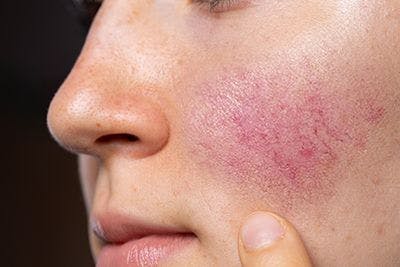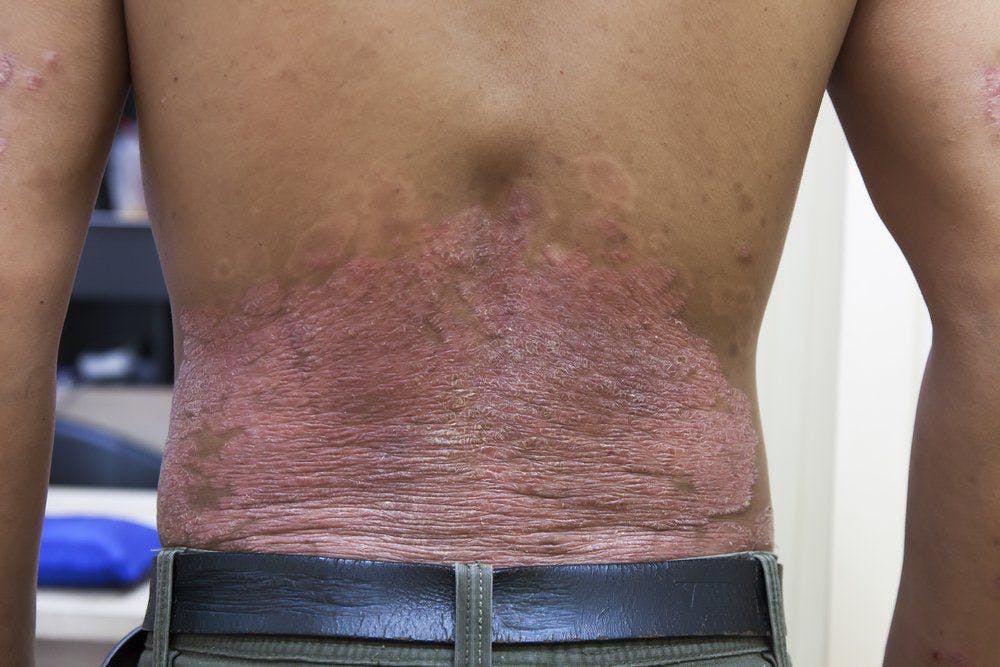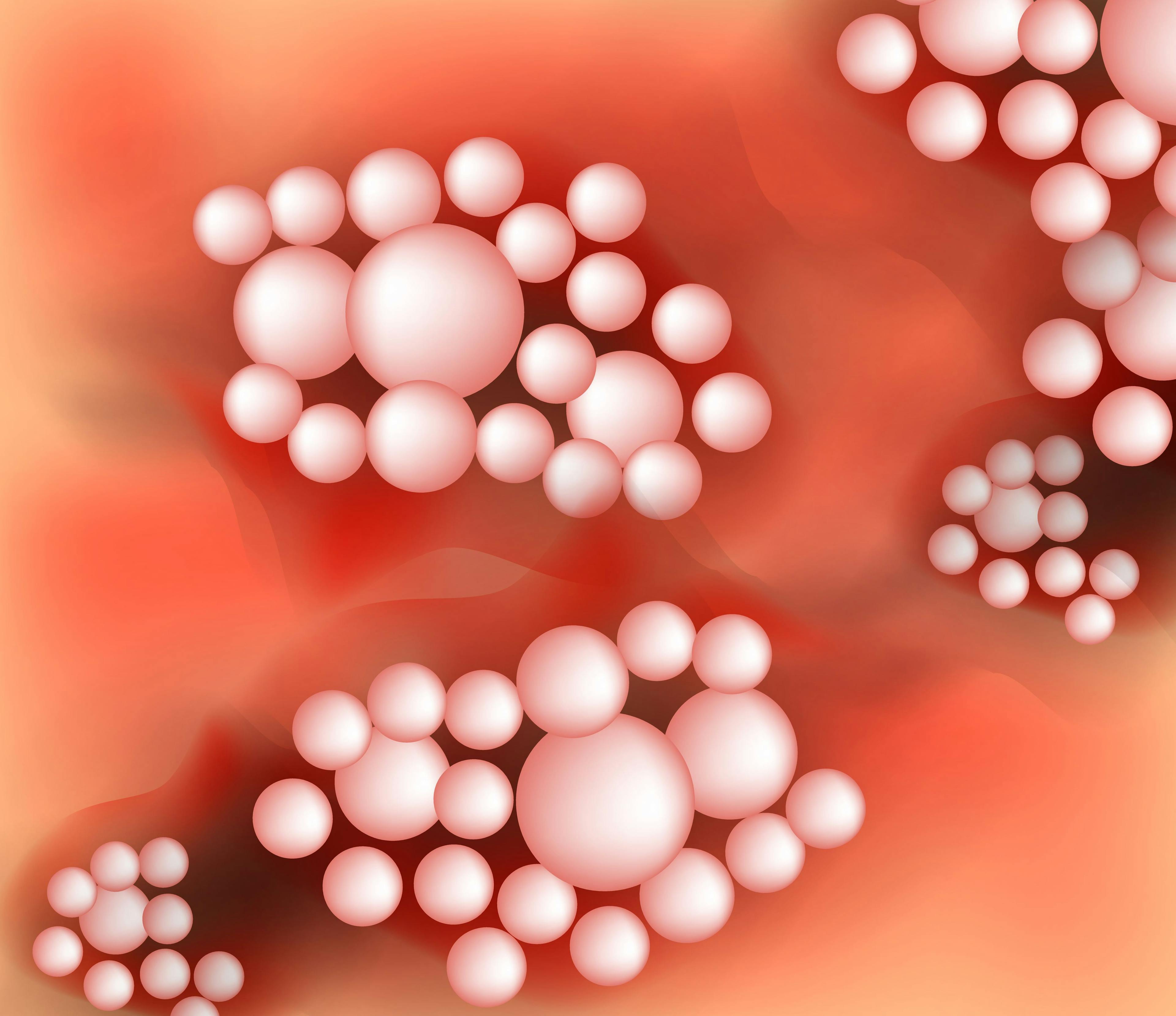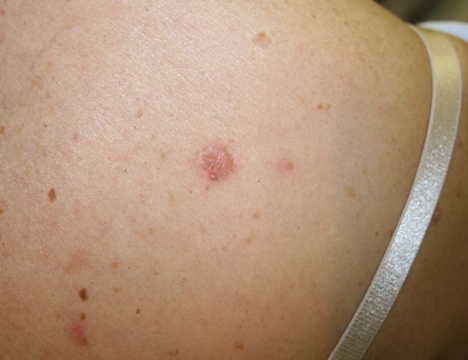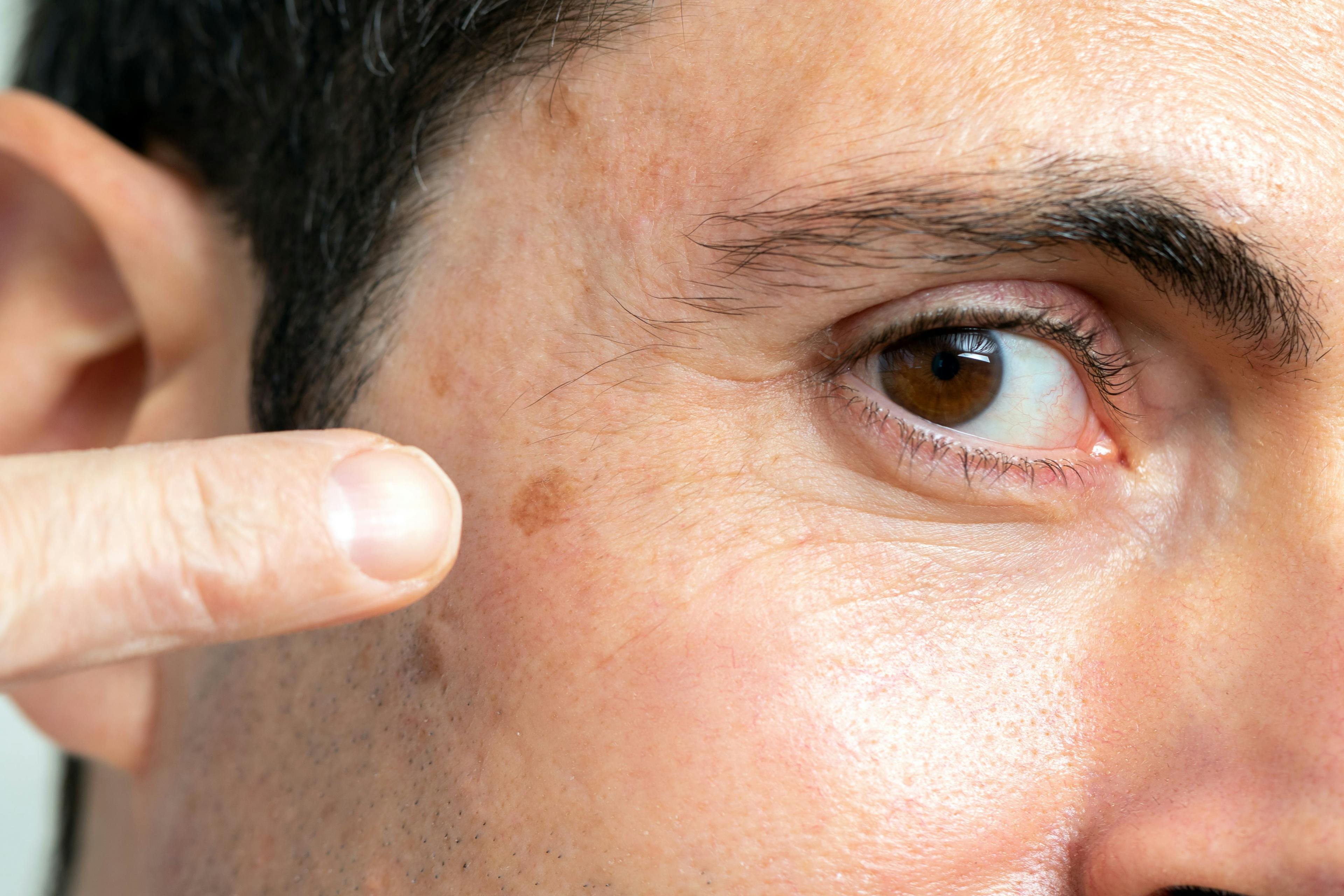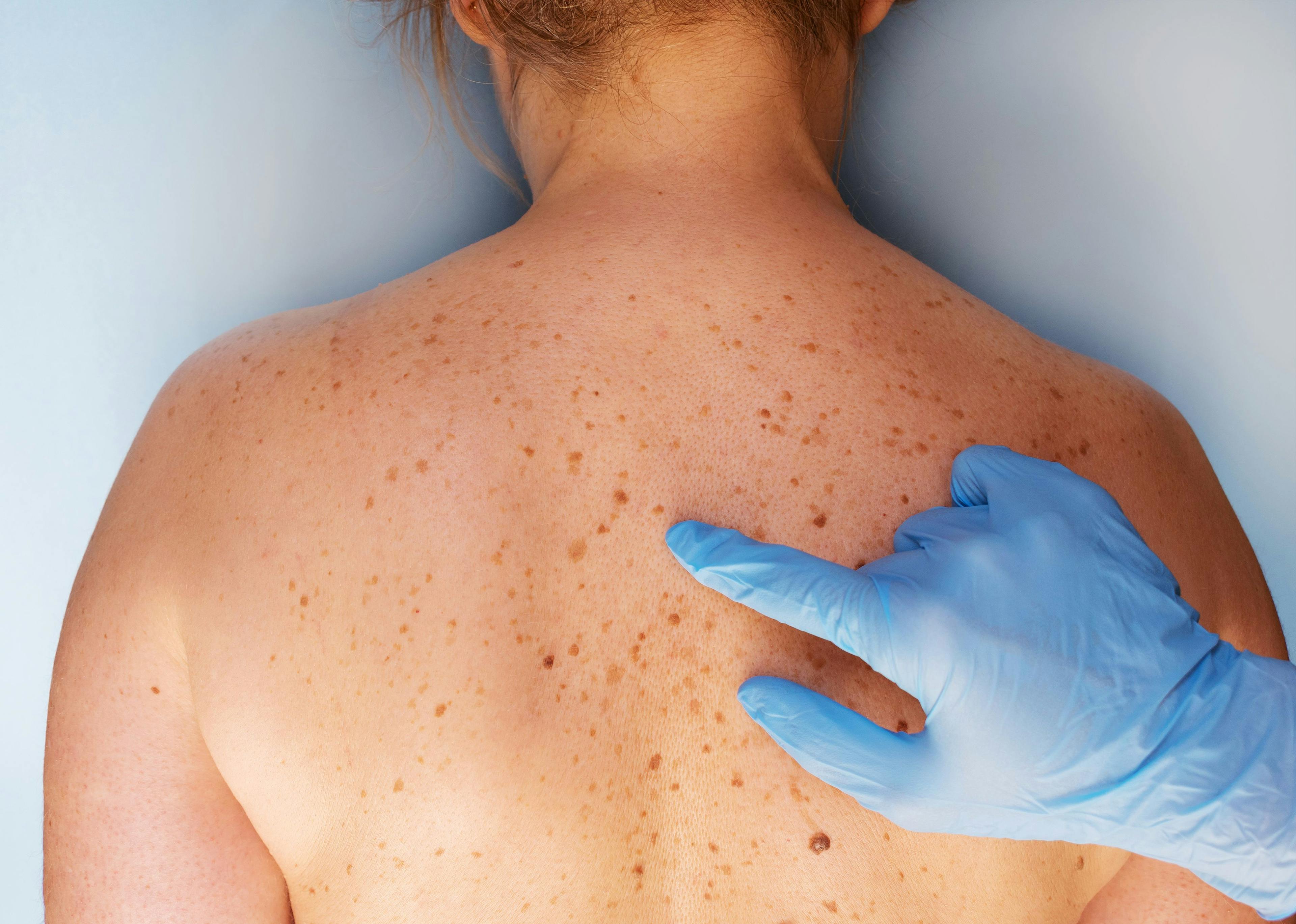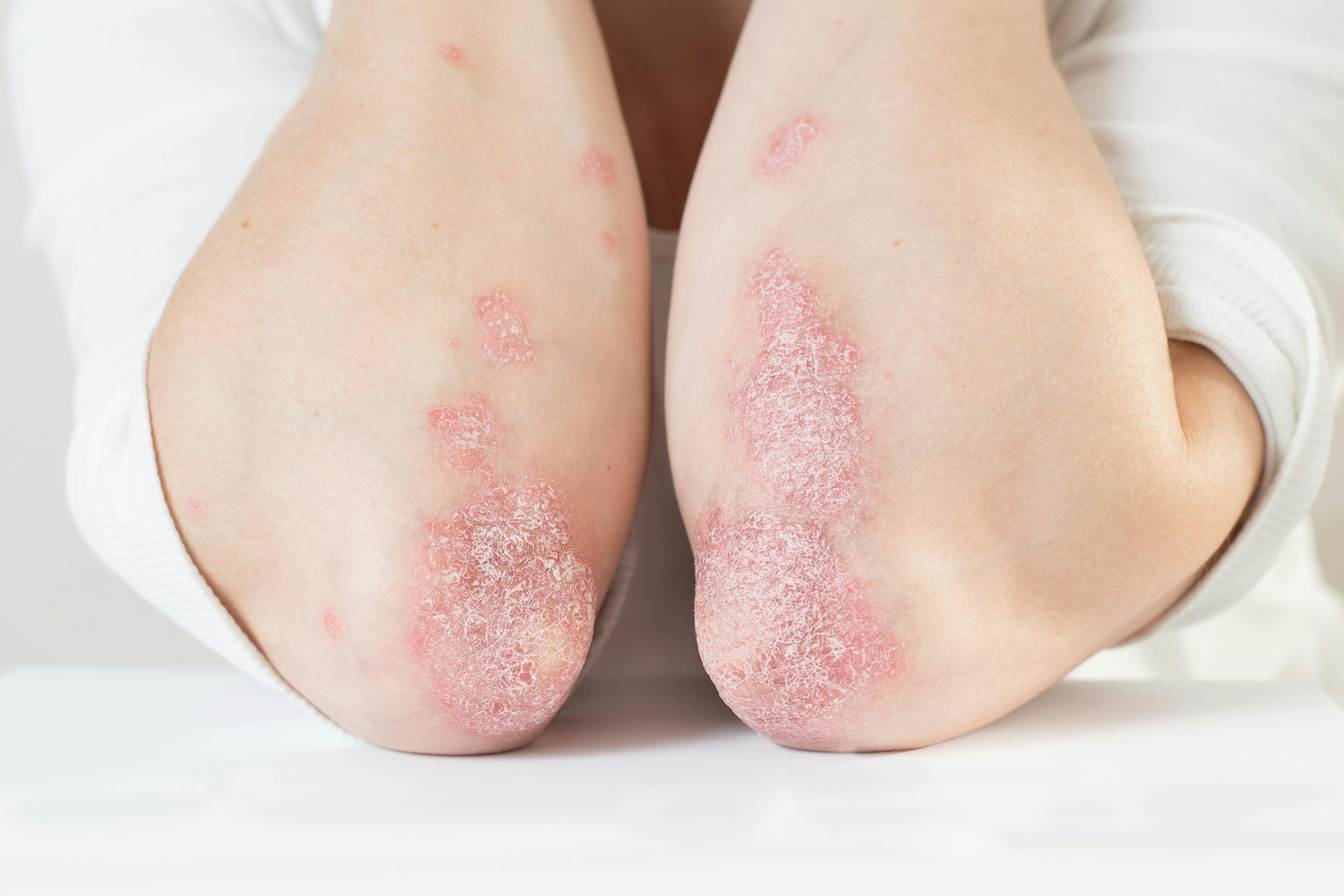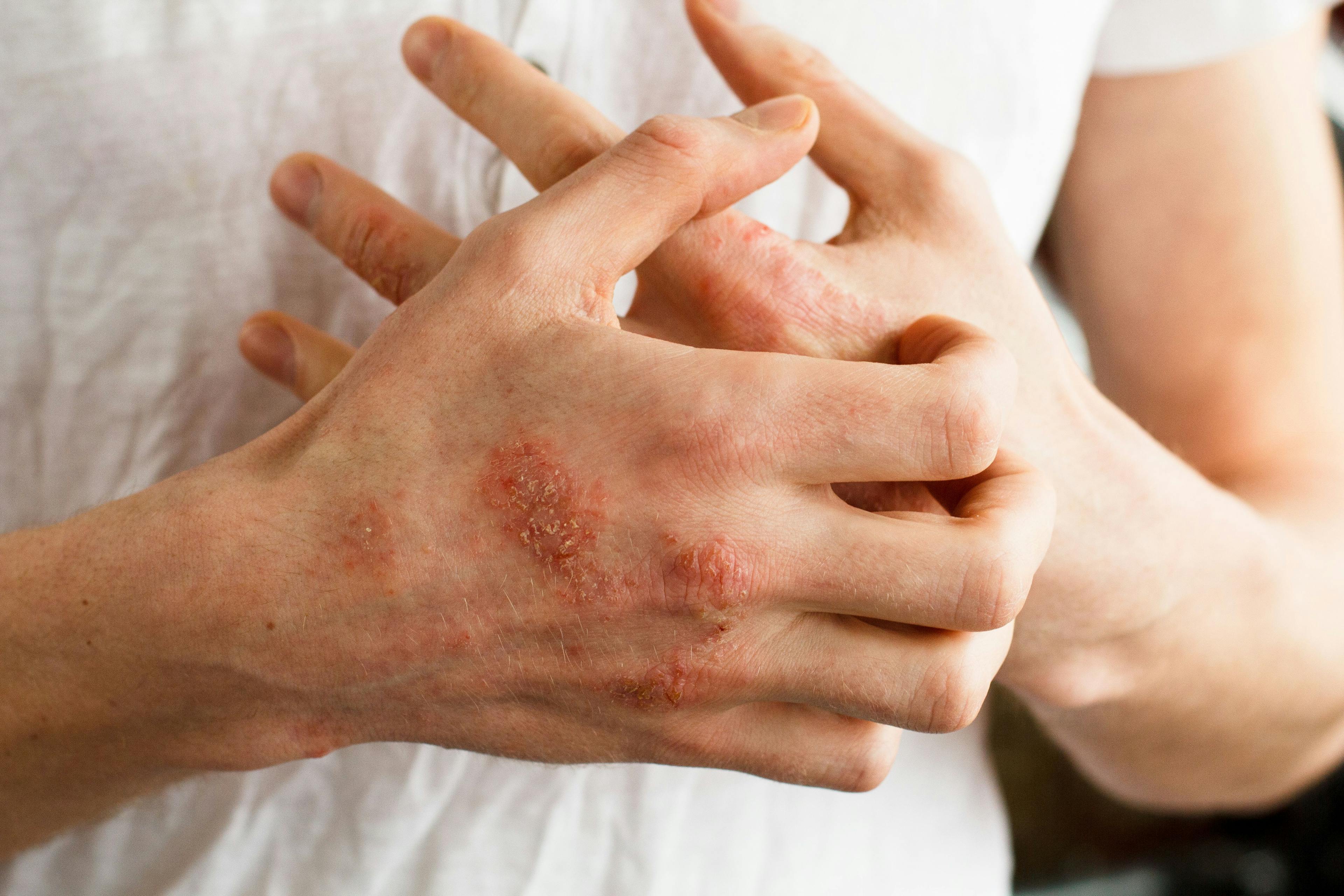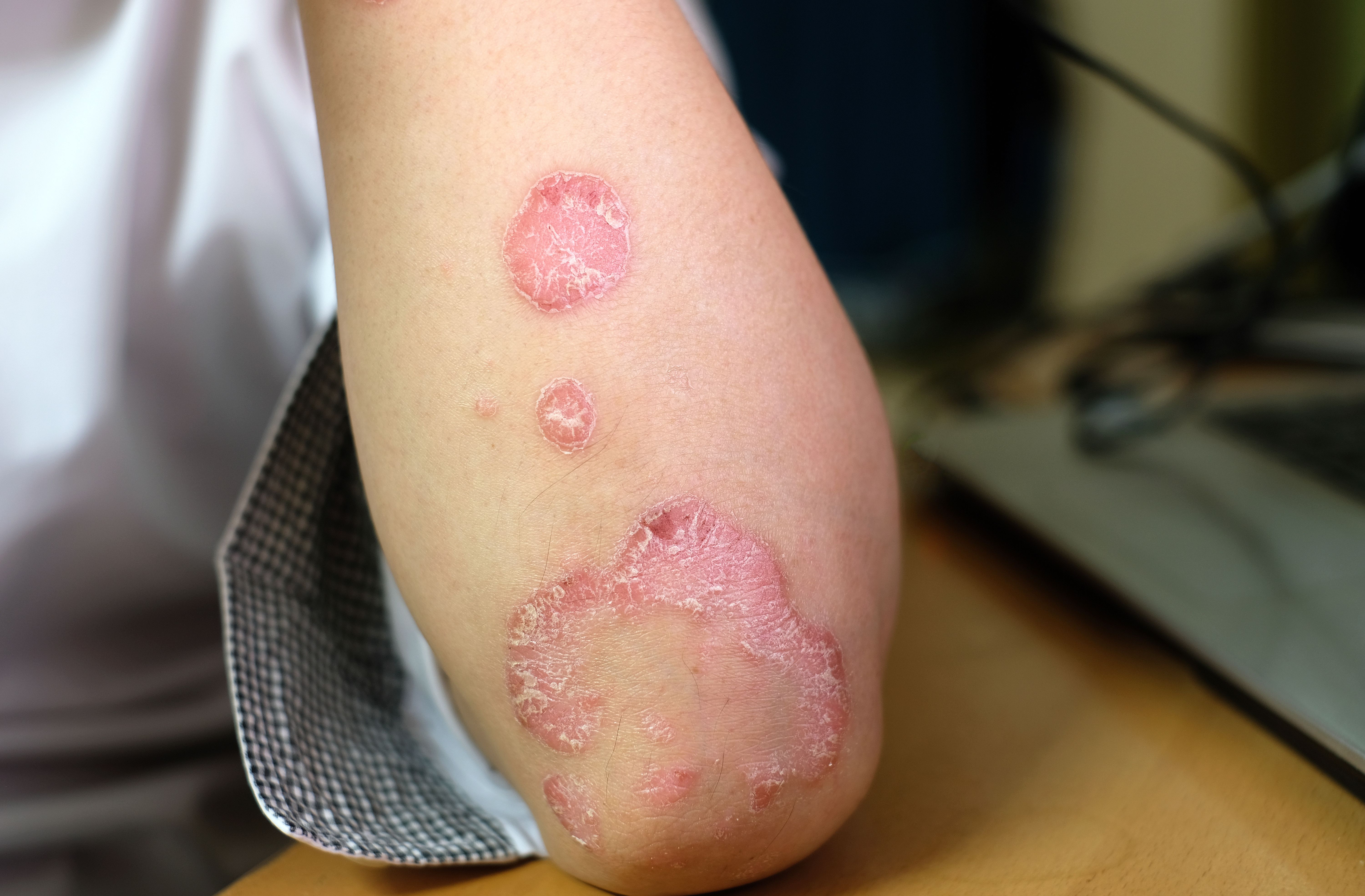- Acne
- Actinic Keratosis
- Aesthetics
- Alopecia
- Atopic Dermatitis
- Buy-and-Bill
- COVID-19
- Case-Based Roundtable
- Chronic Hand Eczema
- Chronic Spontaneous Urticaria
- Drug Watch
- Eczema
- General Dermatology
- Hidradenitis Suppurativa
- Melasma
- NP and PA
- Pediatric Dermatology
- Pigmentary Disorders
- Practice Management
- Precision Medicine and Biologics
- Prurigo Nodularis
- Psoriasis
- Psoriatic Arthritis
- Rare Disease
- Rosacea
- Skin Cancer
- Vitiligo
- Wound Care
Publication
Article
Dermatology Times
Updates on Topical Therapy Treatment for AD
Author(s):
Jonathan Silverberg, MD, PhD, MPHS, gives an overview of topical therapies for atopic dermatitis at the 2022 virtual RAD conference.
At the 2022 virtual Revolutionizing Atopic Dermatitis (RAD) Conference, Jonathan Silverberg, MD, PhD, MPHS, associate professor of dermatology at the George Washington University School of Medicine and Health Sciences in Washington, D.C., and conferences chair of RAD, examined the year in review for topical therapy options for atopic dermatitis (AD), and what physicians can look forward to in the upcoming year.
“2022 was really a banner year for topical development in atopic dermatitis, and in truth, for many other inflammatory skin diseases such as psoriasis and vitiligo,” said Silverberg.
Silverberg reviewed “old” topical therapy treatments and how these treatments can still be used today. The Joint Task Force and the American College of Allergy, Asthma & Immunology created treatment guideline updates for AD as part of multiple systematic evidence reviews to understand what evidence across the literature is available on the safety of topical calcineurin inhibitors. In the systematic review of over 100 unique studies, 52 randomized control trials and 69 non-randomized control trials were identified, including 3.4 million patients with a follow-up of approximately 11 months.
Study authors found that the absolute risk of any cancer was not different between topical calcineurin inhibitors versus controls. There were also no reported incidences of higher sensitivity among pediatric patients.
“This is arguably the best systematic review we have and the most comprehensive one we've seen. This is a very important innovation or addition to our evidence-based toolbox,” said Silverberg.
Switching to prescriptions that are now in development for AD, Silverberg reviewed roflumilast cream, a highly potent PDE4 inhibitor currently approved for once daily treatment of plaque psoriasis, including intertriginous areas and patients 12 years or older. Now, roflumilast is being evaluated for the treatment of AD and seborrheic dermatitis, both as a cream and a foam vehicle.
“I should point out that in psoriasis, it's 0.3% cream that's approved, but for atopic dermatitis, they're studying lower doses potentially because of greater penetration into the skin, given the barrier disruption that happens in atopic dermatitis across the different treatment arms overall well balanced by disease severity. We saw a dose dependent increase in terms of efficacy achieved with respect to change of EASI scores over time at week 4, change in EASI scores over time, and some high placebo response rates, although not terribly surprising, we see this a lot in the trials for mild-to-moderate atopic dermatitis in the topical realm,” said Silverberg.
Silverberg concluded his session by reminding the audience that there will be many new innovative mechanisms of action to consider in 2023 for AD treatment.
Reference
Silverberg J. Treatment update on atopic dermatitis: topical therapy. Presented at: RAD 2022 Conference; December 11, 2022.

Newsletter
Like what you’re reading? Subscribe to Dermatology Times for weekly updates on therapies, innovations, and real-world practice tips.



